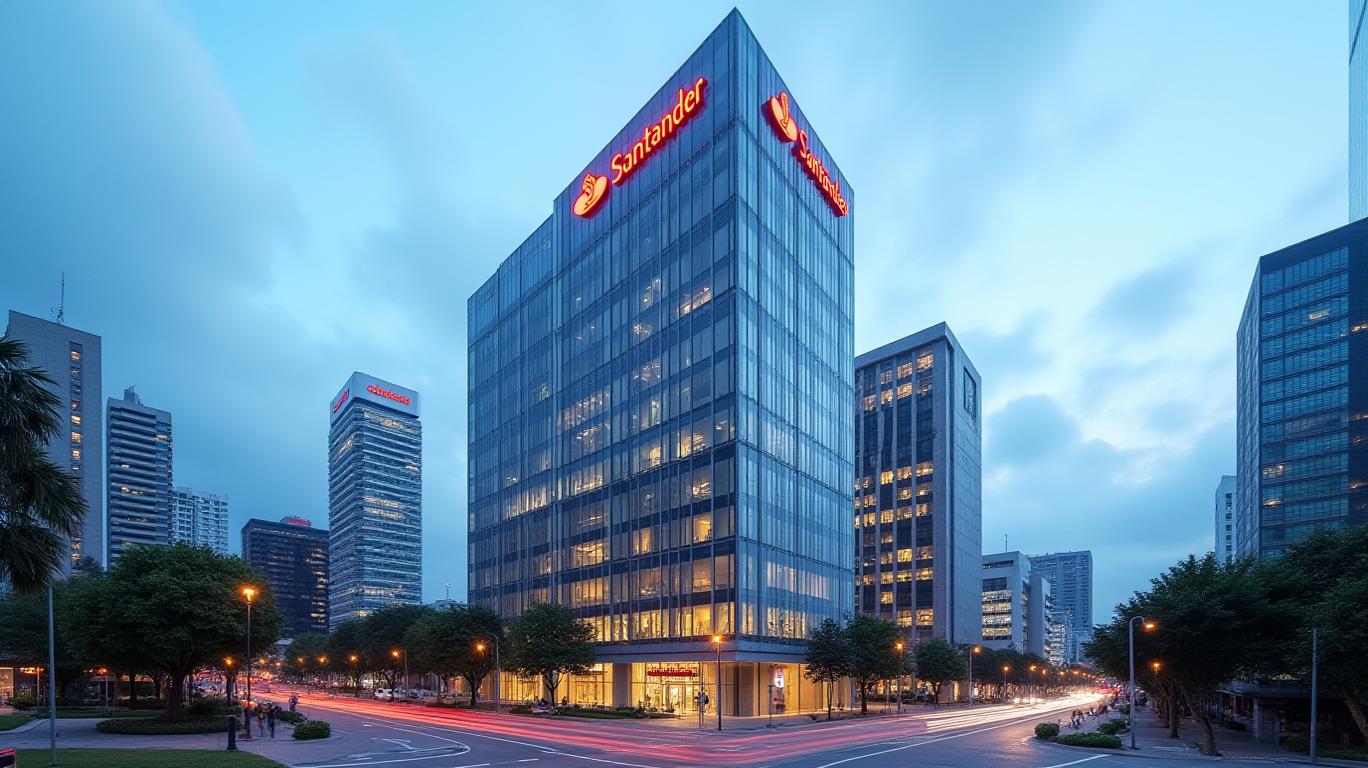Banco Santander Brasil’s Q1 Surge: Strong Fundamentals or Temporary Rally?
Banco Santander Brasil’s first-quarter 2025 results have sparked optimism among investors, with net profit surging 27.8% year-over-year to R$3.86 billion, exceeding expectations of R$3.77 billion. The bank’s revenue growth, disciplined risk management, and strategic focus on high-margin lending segments have positioned it as a standout performer in Brazil’s banking sector. But how sustainable is this momentum, and what risks lie ahead?

The Numbers: A Story of Growth and Prudence
The Q1 results were driven by a 7.7% rise in net interest income to R$15.92 billion, reflecting strong loan activity and cost discipline. Total assets expanded to R$1.23 trillion, while loans grew 4.3% to R$682.29 billion, underscoring robust demand from borrowers. Crucially, credit quality remained stable, with a non-performing loan (NPL) ratio of 3.3%, near historic lows. This signals effective underwriting and a resilient Brazilian economy.
Profitability metrics also shone. The return on average equity (ROAE) jumped to 17.4%, up 3.3 percentage points year-over-year, thanks to cost efficiencies and better capital deployment. Yet the bank’s loan loss provision rose 5.7% to R$6.39 billion, a reminder of its cautious approach to risk. Management emphasized a selective lending strategy, prioritizing segments such as mortgages and small businesses, which typically offer higher margins and lower default risks.
The Drivers: Strategy Meets Execution
The bank’s success stems from two key factors: funding cost management and customer growth. By increasing individual deposits—often cheaper than corporate funding—the bank reduced its cost of liabilities, boosting net interest margins. Meanwhile, customer numbers grew to 175 million globally (including parent Santander’s operations), with Brazil contributing significantly.
Mario Leão, the CEO, highlighted the importance of capital allocation discipline, avoiding risky exposures even as peers chase growth. This prudent approach is reflected in the CET1 capital ratio of 12.9%, well above regulatory requirements, and the cost of risk metric of 1.14%, indicating manageable credit costs.
Risks and Challenges
Despite the positives, risks linger. Global economic uncertainty, particularly a potential U.S. recession, could dampen demand for loans and increase default rates. Additionally, Brazil’s political landscape remains volatile, with upcoming elections in 2026 creating policy uncertainty.
The bank’s proactive loan loss provisions—up despite stable NPLs—hint at management’s caution. While this strengthens resilience, it may weigh on near-term profitability. Investors should also monitor competition: rivals like Itaú and Bradesco are also expanding digital services, which could pressure fees and margins.
Analysts and Investors: A Vote of Confidence
Analyst sentiment is overwhelmingly positive. With 6 “buy” ratings and 9 “hold” ratings, the stock’s Smartkarma Smart Score of 3.4 (out of 5) reflects strong dividend policies and momentum. The bank’s ROAE of 17.4% and dividend yield of 5.8% (based on current stock prices) make it an attractive income play.
Conclusion: A Solid Investment Case, with Cautions
Banco Santander Brasil’s Q1 results underscore its status as a well-managed, resilient institution. The 27.8% net profit growth, 3.3% NPL ratio, and 17.4% ROAE collectively suggest strong fundamentals. Management’s focus on disciplined lending, cost control, and capital strength provides a buffer against macroeconomic headwinds.
However, investors must weigh these positives against external risks. A slowdown in Brazil’s economy or global financial instability could test the bank’s resilience. Still, with a robust capital base, improving profitability, and analyst backing, Banco Santander Brasil appears positioned to navigate challenges while delivering steady returns. For income-focused investors, its dividend yield and stability make it a compelling option—provided they stay attuned to broader economic shifts.
In a sector where caution and clarity are key, Santander Brasil’s results are a reminder that prudent management can turn headwinds into opportunities.


_442a2dcc1749832873286.jpeg)
_e68fac6d1749831664430.jpeg)






